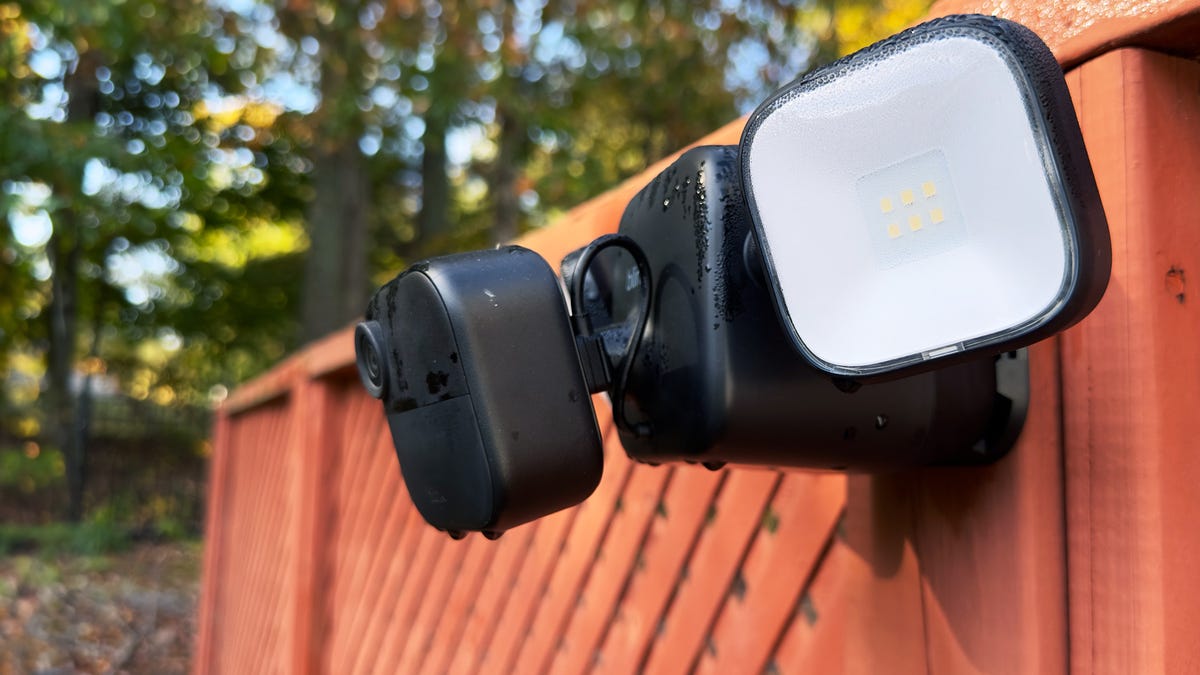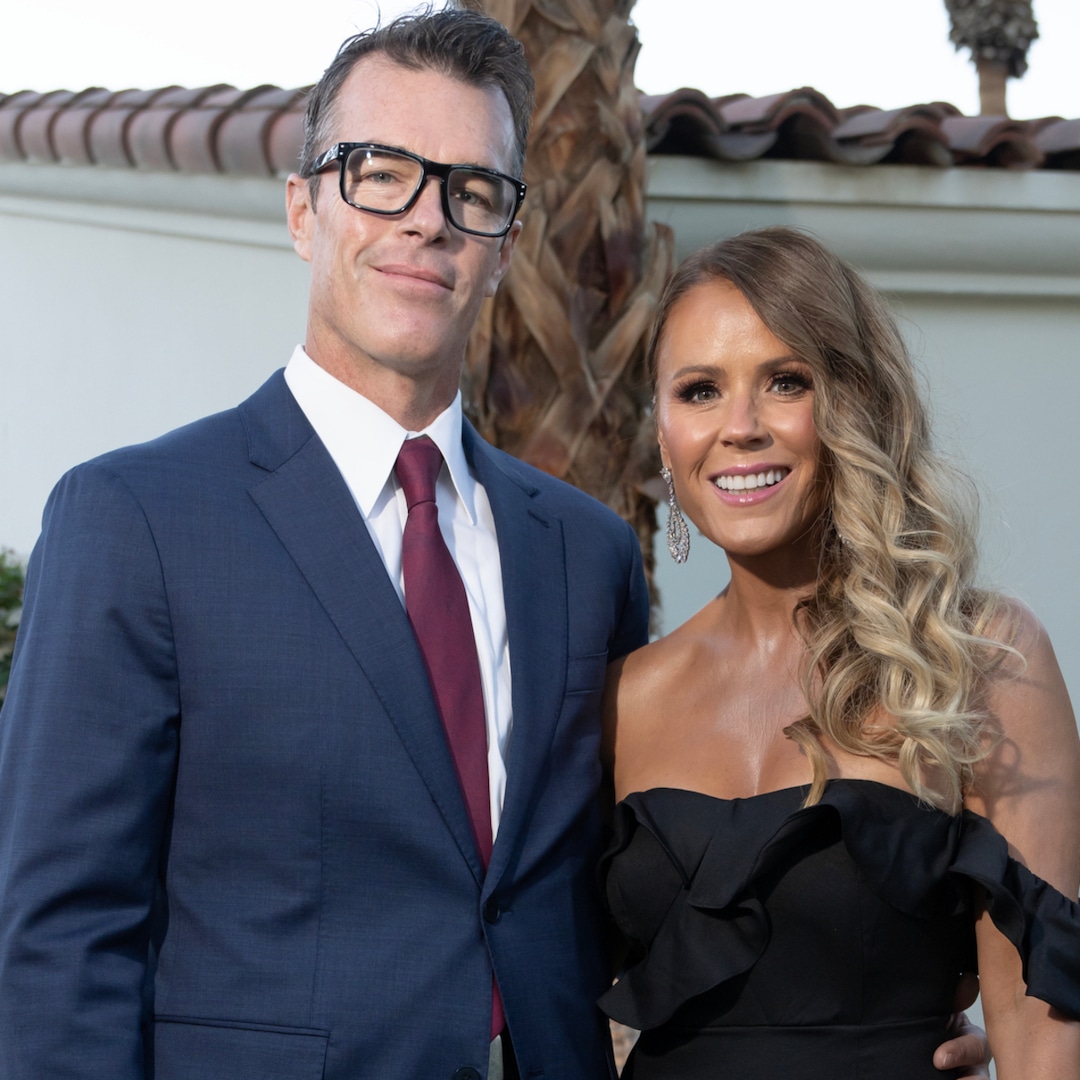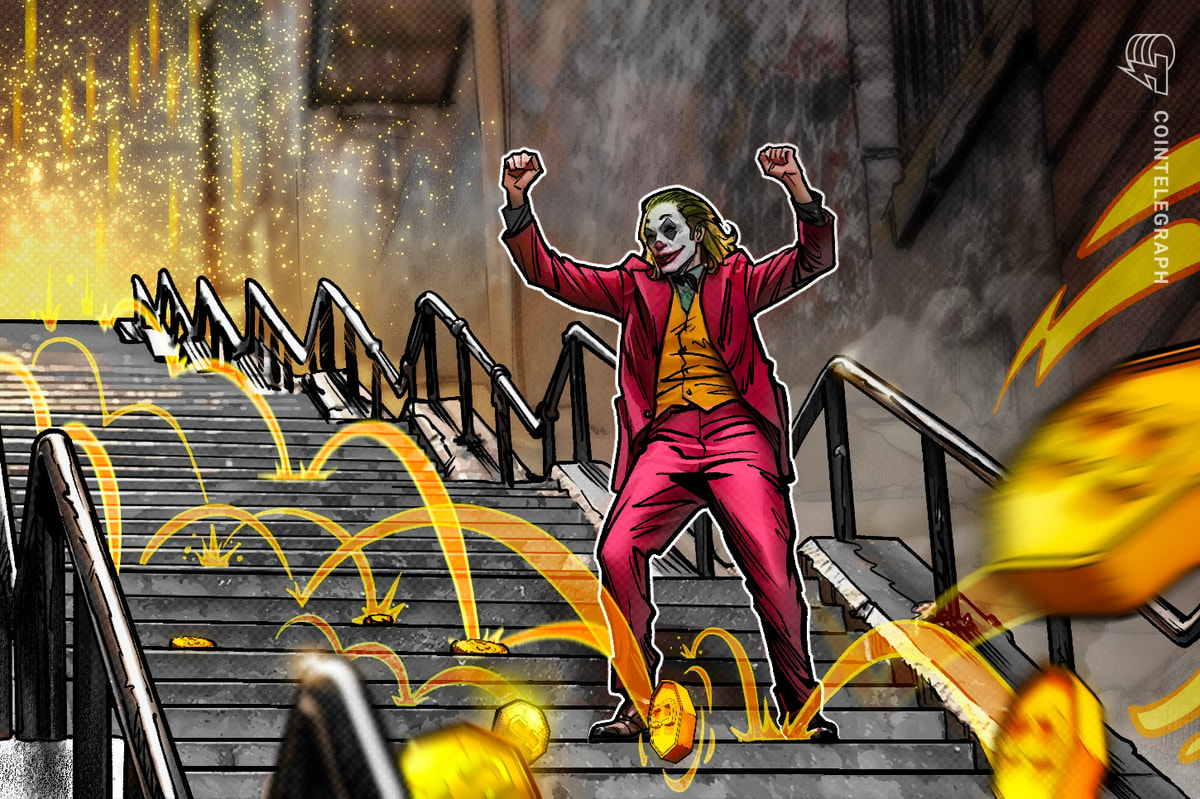I didn't expect a pocket camera to be one of my favorite tech gadgets of this year -- not when smartphone cameras have gotten so good -- but the DJI Osmo Pocket 3 managed to change that.
I've seen the Pocket 3 takeover firsthand, witnessing other tech journalists slowly replacing their heavier, bulkier, and more complicated DSLRs and smartphones with the flip-out camera. My default shooter, a Sony A7S III with a GM 16-35mm lens, weighs almost three pounds, so I get it.
Also: The most versatile camera I've tested costs $499 and is not from Sony or Canon
But there's more than meets the eye with the Pocket 3; its portability and convenience will draw you in, but its extensive shooting modes and recording tools will make you come back for more. I've been testing the Pocket 3 for about two months now, and here's what you should know about the hottest camera in tech.
While this is the third iteration of the DJI Osmo Pocket, the company has upgraded the device in almost every way, from the larger two-inch display that can flip from vertical (portrait) video recording to horizontal (landscape) to the larger, more capable one-inch CMOS sensor. Altogether, you're getting a very capable camera that will fit in most pants pockets, shoulder bags, and backpacks.
That flip-out display is one of the Pocket 3's best features, as it lets you quickly turn on the camera (when you flick it out) and record in your desired orientation. In this day and age, the ability to shoot both vertical and horizontal videos is essential, whether you're casually grabbing a clip for social media or posting on TikTok and YouTube as a content creator.
Also: The best vlogging cameras of 2024: Expert tested and reviewed
There will be occasions when you're shooting at a lower or higher angle and won't be able to use the viewfinder as effectively, but I generally found the two-inch touchscreen panel reliable enough to frame subjects. Like with most other cameras, you can always pair the Pocket 3 to your phone for a larger review screen.
Navigating the settings is a simple system of swipes, taps, and long presses. If you've used an action camera before, the user interface will be very familiar, from basic recording functions like adjusting zoom and video format to more professional modifications like turning on D-Log M, should you want to further modify colors and contrast levels or better match your footage with a second camera.
One advantage of using the Pocket 3 over the latest iPhone 16 Pro Max, for example, is its three-axis gimbal mechanical stabilization. Compared to the smaller optical image stabilizers found in smartphone cameras, which are often paired with some level of artificial electronic stabilization, there are noticeably fewer jitters and shakiness when recording with the Pocket 3. Since the camera is held up by a rotating gimbal, you can swivel it side-to-side for smooth-panning videos and turn it 180 degrees for vlogging.
Also: DJI has the ultimate power accessory for drone pilots needing even more flight time
While I found software-enabled tracking features like ActiveTrack 6.0, which prompts the camera to automatically follow your desired subject, very useful when capturing products at tech briefings or of presenters walking around, the physical, joy-stick-like control pad was clunkier to operate. For example, holding the control pad in one direction for a panning shot often resulted in footage with less natural movement. The camera also moves a bit too slowly for my taste, so I've reconfigured the control pad to adjust the zoom range instead.
In terms of video quality, I wouldn't put the Pocket 3 above a DSLR or mirrorless camera with a true lens, but it certainly beats out flagship phones from Apple, Samsung, and Google -- at least in average to good lighting conditions. The one-inch CMOS sensor gets the credit here, pulling far more light and detail while developing a natural separation (read: bokeh or blur) between the subject and background. The camera and gimbal system are less effective when shooting videos at night, where it struggles with noise and motion blur.
Since a lot of my video work involves focusing on a product in hand, the Pocket 3 is very ideal. Its portability, especially, helps me grab shots that I'd typically struggle with when using a larger camera.
Also: I streamed with Logitech's Mevo Core camera and it almost beat my $3,600 Canon
DJI offers the Pocket 3 with an assortment of optional accessories, including an expandable battery pack (that comes with a 1/4"-20 mount) and a Mic 2 transmitter for on-device audio recording, but I actually found the standard configuration (the camera on its own) good enough for casual use. I just wish the Pocket 3 came with a 1/4"-20 mount by default, as it's useful to mount onto tripods and other stands for more creative shots.
My usage, which includes 15-minute stints of 4K recording for work and some 1080p videos when capturing scenic views during travel, often left me with 10-20% battery by the end of the day. When I'm done, I connect the Pocket 3 to my laptop via USB-C for both charging and data transfer.
ZDNET's buying advice
That's to say, the DJI Osmo Pocket 3 has become a mainstay in my work and travel backpack. Its portability, ease of use, and flexible shooting modes make it almost irreplaceable for content creation. At a starting price of $519, the Pocket 3 is pricier than most action cameras and even some mid-range phones. But the value is justified, based on my testing and all the real-world testimonials that I've gathered throughout the past year.
If you're serious about content creation or want to invest more in your travel camera, I'd highly recommend the $669 Creator Combo, which bundles the camera with a Mic 2 transmitter, battery handle, mini tripod, carrying bag, and wide-angle lens attachment. For vloggers who want a device that can do it all, that package is almost as good as it gets.

 2 weeks ago
8
2 weeks ago
8









 English (US) ·
English (US) ·